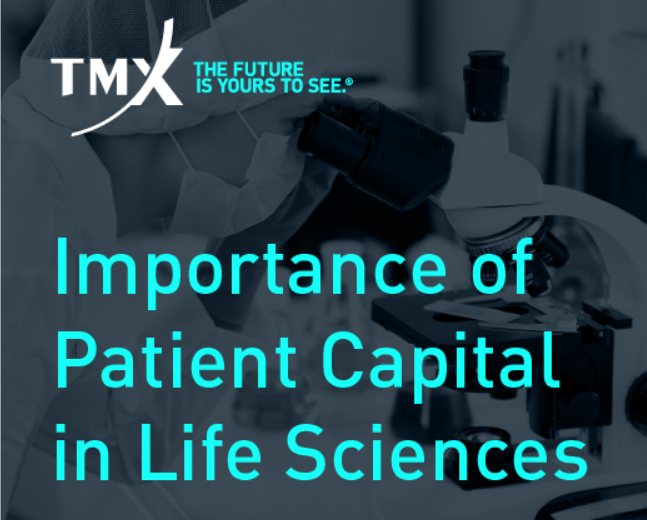The National Institutes of Health proposed new conflict-of-interest rules today that will do nothing to limit financial ties between government-funded researchers and private industry and leaves university administrators in charge of policing the arrangements.
The 112-page proposed rule, which was years in the making, did lower the threshold for reporting conflicts of interest to $5,000 from $10,000. And universities will have to maintain websites where they post that information.
But the agency in the end left it up to universities to decide if a financial arrangement between an NIH-funded researchers and a private firm poses a threat to the integrity of the research and has to be ended. “Partnerships between NIH researchers and industry are essential. They have been and they will be,” said NIH director Francis Collins. “But to preserve the public trust in biomedical research, all research must be conducted without bias and with the highest ethical standards.” To maintain those standards, “the institution must set up a review process and report to NIH its actions,” he said.

Using Informed Awareness to Transform Care Coordination and Improve the Clinical and Patient Experience
This eBook, in collaboration with Care Logistics, details how hospitals and health systems can facilitate more effective decision-making by operationalizing elevated awareness.
Sen. Charles Grassley (R-IA), whose investigations into drug and device company ties to NIH-funded psychiatrists and orthopedic surgeons helped trigger the proposed rule change, called the rule a “step in the right direction.” But unless the disclosure requirements are tightened, the NIH proposal could wind up backfiring.
Starting in 2013, the Physician Payments Sunshine Act (PPSA), which was part of the health care reform bill, will require that every industry payment to physicians over $10 be reported in a publicly available database. Many if not most of the NIH grantees who also have financial ties to industry are MDs and will wind up in that database.
So it won’t take much for an enterprising reporter (or angry taxpayer, whistleblowing colleague or bitter rival) to pick out industry-funded academic physicians from the PPSA database and then crosscheck their names with the NIH grantee database, formerly known as CRISP and now called the Research Portfolio Online Reporting Tool (see RePORT).
Universities that don’t disclose everything on their websites could wind up being accused of abusing the $5,000 de minimus loophole. Or, they might find a decision not to end a problematic relationship between a particular researcher and a company — particularly if it isn’t disclosed because it was less than $5,000 — subjected to a journalistic investigation.
As numerous studies have shown, it isn’t the size of a financial tie that matters. Small gifts or grants generate a sense of obligation and reciprocity on the part of the recipient. A failure to disclose such ties will in some instances be enough to call the integrity of the research into question.
NIH should lower its de minimus standard to match the Internal Revenue Service rules for reporting income. And it should require universities disclose on their websites every financial relationship between an NIH grantee and private firms — even if the university deems it irrelevant to the conduct of the research.















